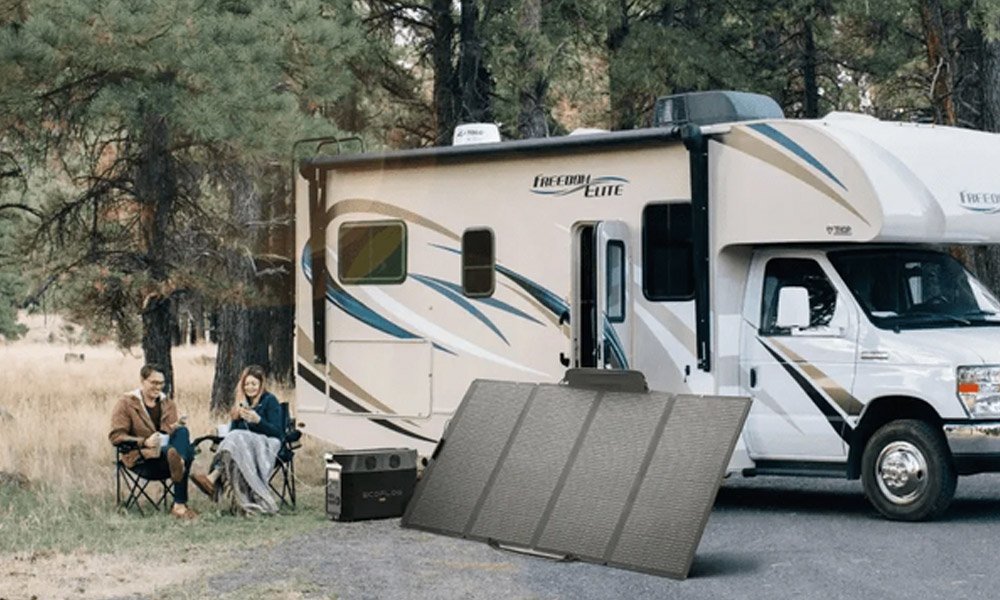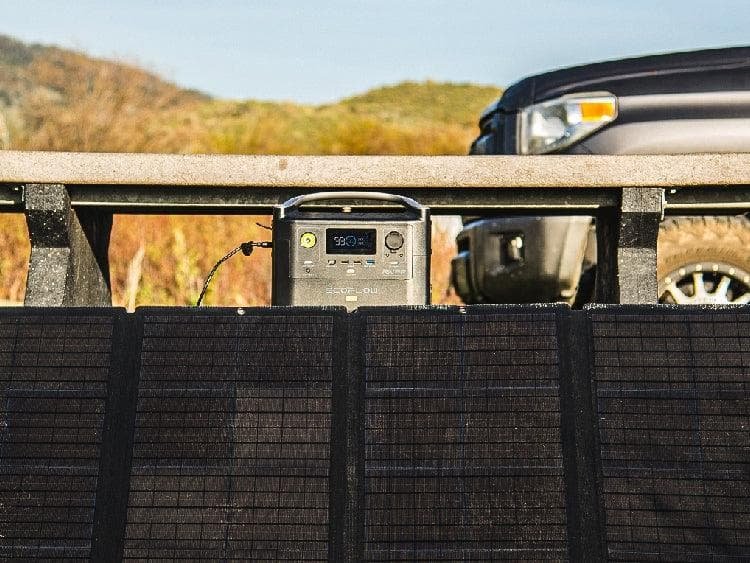Recent data from the U.S. Department of Energy reveals a stark reality: power outages have increased by 60% since 2015, leaving millions of Americans vulnerable to disruptions in their daily lives. As climate-related events intensify and aging grid infrastructure struggles to keep pace, homeowners face growing uncertainty about their power security. Solar generators have emerged as a groundbreaking solution, offering both reliable backup power during emergencies and a pathway to sustainable energy independence. Unlike traditional backup systems, these modern power stations combine advanced battery technology with renewable energy harvesting, providing clean, quiet operation without dependence on fossil fuels. In this comprehensive guide, we’ll explore how solar generators are revolutionizing home backup power, examine crucial features for selecting the right system, and provide practical steps for implementation.
Understanding Home Power Vulnerabilities and Solar Solutions
Analysis of power grid data reveals a troubling trend: the average American experiences over eight hours of power outages annually, with some regions facing significantly longer disruptions. Climate change-driven extreme weather events have become the leading cause, accounting for 83% of major outages in recent years. These blackouts carry hefty financial implications, with households typically losing $250-500 per outage through spoiled food, damaged electronics, and lost productivity. Traditional gas generators, while common, present significant drawbacks including noise pollution averaging 70 decibels, harmful carbon monoxide emissions, and ongoing fuel costs that can exceed $30 per day during extended outages. Solar generators fundamentally reshape this paradigm, operating silently while eliminating both emissions and fuel dependencies. Their integration of advanced battery technology with renewable energy harvesting offers continuous power security without the environmental impact, maintenance demands, or safety risks associated with conventional backup systems. This shift toward solar solutions represents not just an alternative to traditional generators, but a transformative approach to home energy resilience.
Essential Features of Residential Solar Generators
Battery Technology Deep Dive: LiFePO4 vs NMC
Modern residential solar generators integrate several critical components that work in harmony to deliver reliable backup power. At the core lies the power station, featuring high-capacity batteries paired with advanced inverter technology that converts stored DC power into usable AC electricity. The system’s effectiveness depends on properly sized solar panels, typically ranging from 200W to 400W each, which capture sunlight and convert it to charging power. Quality systems provide multiple charging options beyond solar, including AC wall charging and car charging, ensuring power availability in various scenarios. The most crucial metric, capacity, is measured in watt-hours (Wh), indicating how long the system can power devices, while surge watts determine which high-draw appliances can be started safely.
Lithium iron phosphate (LiFePO4) and lithium nickel manganese cobalt oxide (NMC) represent the two primary battery chemistries in modern solar generators. LiFePO4 batteries excel in safety and longevity, offering up to 3500-6000 charge cycles and superior thermal stability, though they have lower energy density. NMC batteries provide higher energy density but typically last 800-1500 cycles and require more careful thermal management. While LiFePO4 batteries cost more initially, their longer lifespan and minimal maintenance requirements often make them more economical long-term. Both types maintain peak performance when kept between 20% and 80% charge, though LiFePO4 batteries handle extreme temperatures better, functioning reliably from -4°F to 140°F.

Advanced Home Backup Solutions
Leading manufacturers like EcoFlow are pushing the boundaries of what’s possible with home backup power. During real-world testing, advanced systems have successfully powered entire homes through extended outages, maintaining critical appliances like refrigerators (700W), HVAC systems (3000W), and even electric vehicle charging. Modern systems feature rapid solar charging capabilities, enabling full battery restoration in optimal conditions, while intelligent load management prevents system overload. The most effective solutions offer expandable architecture, allowing homeowners to scale from basic backup to complete energy independence.
Implementing Solar Generators: Step-by-Step Guide
Successfully implementing a solar generator system begins with a comprehensive home energy audit. Calculate your power requirements by listing essential appliances and their wattage: refrigerators typically consume 100-250W continuously, HVAC systems 500-3500W during operation, and lighting 5-10W per LED bulb. Add a 20% buffer for unexpected loads. Next, select a system that matches both your continuous power needs and surge requirements – remember that appliances like air conditioners need 3-4 times their running wattage to start. For panel placement, evaluate your property’s solar exposure using a sun path calculator. South-facing installations typically yield optimal results, while east/west orientations still provide 80% efficiency. Install panels at a 30-45 degree angle for maximum energy capture, ensuring proper ventilation beneath. When connecting your system, follow manufacturer guidelines for cable sizing and employ proper circuit protection. Use MC4 connectors for solar connections and ensure proper grounding. Maintain system performance through quarterly panel cleaning, monthly battery charge cycling, and regular firmware updates. Document baseline performance metrics to track efficiency over time.
Long-Term Residential Integration Strategies
Integrating solar generators into long-term home energy strategies extends far beyond emergency backup. When paired with existing whole-house solar installations, these systems create a comprehensive energy ecosystem that maximizes self-consumption and grid independence. Smart scheduling allows homeowners to store excess solar production during off-peak hours and deploy it during expensive peak rate periods, potentially reducing utility bills by 30-40%. For emergency preparedness, develop a tiered power priority plan: designate critical loads for extended outages, establish backup charging locations, and maintain seasonal battery management protocols. The return on investment typically surpasses traditional generators within 3-5 years through eliminated fuel costs, reduced maintenance, and potential utility savings. Many states now offer additional incentives, including tax credits up to 30% of system cost and utility rebates for grid support participation. The modular nature of modern systems ensures future compatibility with emerging technologies, from vehicle-to-home charging to smart home energy management platforms, protecting your investment as energy needs evolve.
Empowering Home Energy Independence
As power grid vulnerabilities continue to mount, solar generators have proven themselves as transformative solutions for residential backup power. These systems offer more than just emergency preparedness – they represent a pathway to true energy independence and sustainable living. When evaluating options, focus on three critical factors: sufficient capacity for essential loads, expandability to accommodate future needs, and integration capabilities with existing home systems. Beyond immediate backup power, these systems provide tangible environmental benefits and potential financial returns through reduced utility bills and incentive programs. To begin your journey toward energy independence, start with a professional home energy audit – understanding your specific power needs is the foundation for a resilient home energy system. The future of residential power is here, offering homeowners the ability to take control of their energy destiny while contributing to a more sustainable world.


